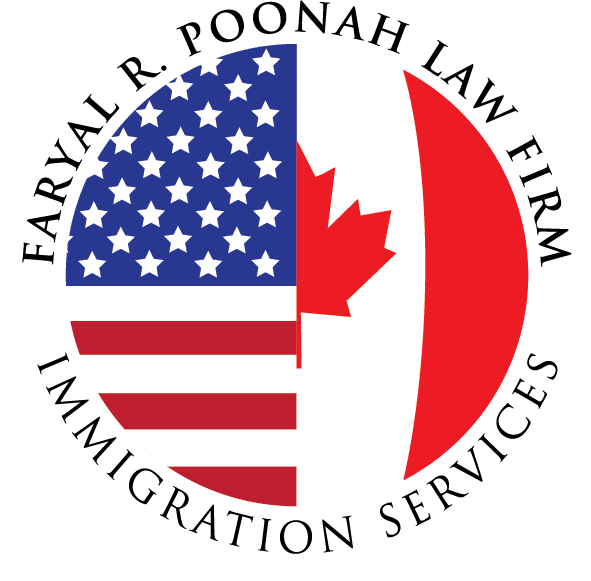I-130 Visa | Petition for Alien Relative
Family Based Green Card: I-130 Petition for Alien Relative
What is I-130 Visa
…
I-130 Visa Requirements
…
Form I-130 Petition for Alien Relative
…
I-130 Processing Time For Spouse, Parents & Siblings
…
ASK AN IMMIGRATION ATTORNEY
Do not leave crucial decisions to chance. Allow an experienced Immigration Lawyer to skillfully guide you through the immigration process. If you have questions, we want to hear from you and answer your questions. Please submit your question below, and one of our legal professionals will respond to you soon.



